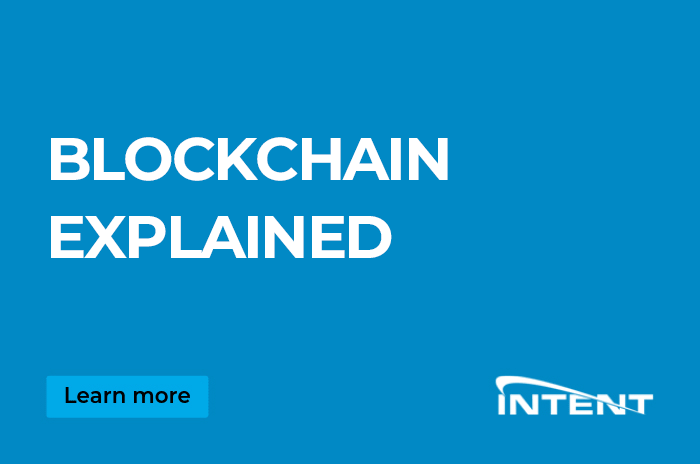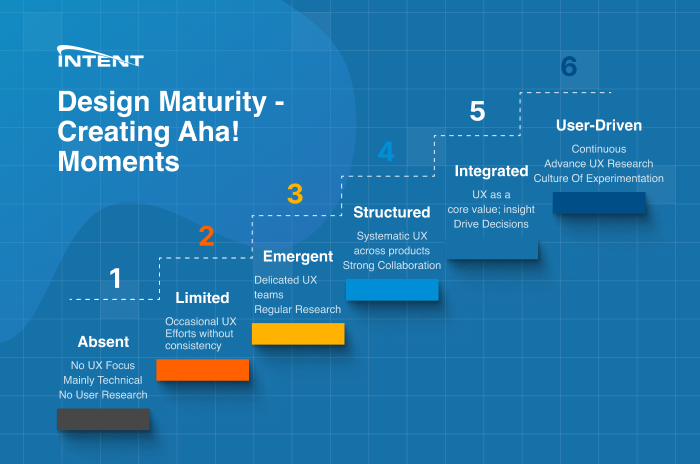Blockchain Encryption – Explained

If Encryption is just a mathematical equation, then what makes blockchain so amazing?
Blockchain is the latest version of encryption to become popularized. It works a little differently than other forms of encryption and is designed to facilitate trust in record keeping and financial transactions. Blockchain technology was first outlined in 1991 by two researchers who wanted to implement a system where timestamps of documents could not be altered. In 2008 using blockchain technology the crypto currency Bitcoin was created.
How does it work?
Blockchain is a series of blocks or records of data that are connected together by specific information and distributed to all users. Each block contains information that will link it to another block. Block C will refer to block B and block B will refer to block A to keep the order of the data that is contained within them. They will all be in line based on the reference to the preceding piece of information. Like a time stamp for a transaction. This is known as Distributed Leger Technology (DLT).

How does this chain maintain its validity?
Blockchains are not maintained by one user on one server. This information is distributed to all users in a peer to peer structure. Any additions to a blockchain must be approved by the users of the information as being “not altered”. If a block is altered then a new reference (unique like a fingerprint) or “hash” is generated, thus breaking the link to the next block in the chain. Another feature of a block chain is something called proof-of-work. Essentially it is a mechanism that works to slow the creation of a new block before it can be added to the chain. In the case of Bitcoin there is a 10-minute wait for the proof-of-work for a new block. This makes it exceedingly difficult for a computer to auto generated the changes required to tamper with an entire chain of data.




